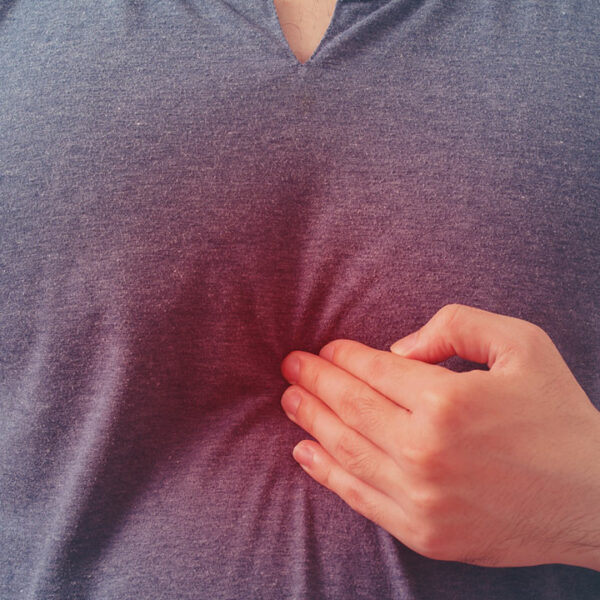
A Brief Overview of GERD
A chronic digestive disorder, GERD or gastroesophageal reflux disease affects the lower esophageal sphincter (LES), which is located between the esophagus and the stomach. It occurs when bile or stomach acid flows into the esophagus and irritates the esophageal lining. People with GERD often experience heartburn or acid reflux. This condition is quite common, but it can be a cause for concern if a person suffers from acid reflux frequently. What causes GERD? Under normal circumstances, the LES relaxes when a person swallows. This allows food and liquid to flow into the stomach. The LES then closes up again. In some cases, the LES may relax in an abnormal way, or it may become weak. At such times, the stomach acid flows backward into the esophagus. Although this can be normal under some circumstances, it can cause problems if it happens too often. A constant backwash of acid will irritate the lining of the esophagus. The esophagus may become inflamed due to chronic GERD. An inflamed esophagus may make the food pathway narrow due to the formation of scar tissue at the lower end of the esophagus. At times, the tissue in the esophagus may wear away due to the constant flow of stomach acid.
